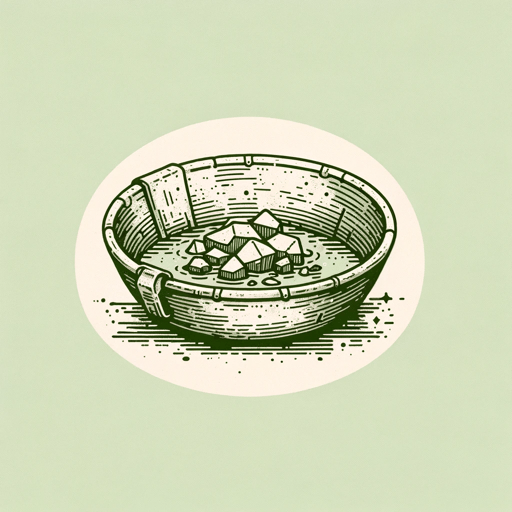29 pages • 58 minutes read
Bret HarteTennessee's Partner
Fiction | Short Story | Adult | Published in 1869A modern alternative to SparkNotes and CliffsNotes, SuperSummary offers high-quality Study Guides with detailed chapter summaries and analysis of major themes, characters, and more.
Background
Sociohistorical Context: Capturing the Gold Rush in Literature
Bret Harte moved to California in 1853 in the middle of a well-known and often mythologized period in American history known as the Gold Rush. Harte spent some time in one of the mining camps that developed during this era, hearing the miners’ stories, documenting some of the culture, and establishing his style as an author in the local color style of writing. Much of his work addresses the way social identity and justice are collectively constructed in the rugged and remote camps.
The hyperlocal culture and ethos of the mining camps developed within the broader context of the early days of California’s American statehood. In 1847, at the conclusion of the Mexican-American War, American settlers began entering California seeking opportunities to trade and harvest resources like lumber. In 1848, Johann Sutter and James Marshall reported discovering gold, prompting a frenzy of prospectors to seek their fortunes in the gold fields. News spread through ships up and down the coast, across the Pacific to China, and to the eastern United States. When President Polk announced the gold strike to Congress in late 1848, the Gold Rush officially began, a flood of settlers migrating across the country.
Related Titles
By Bret Harte



